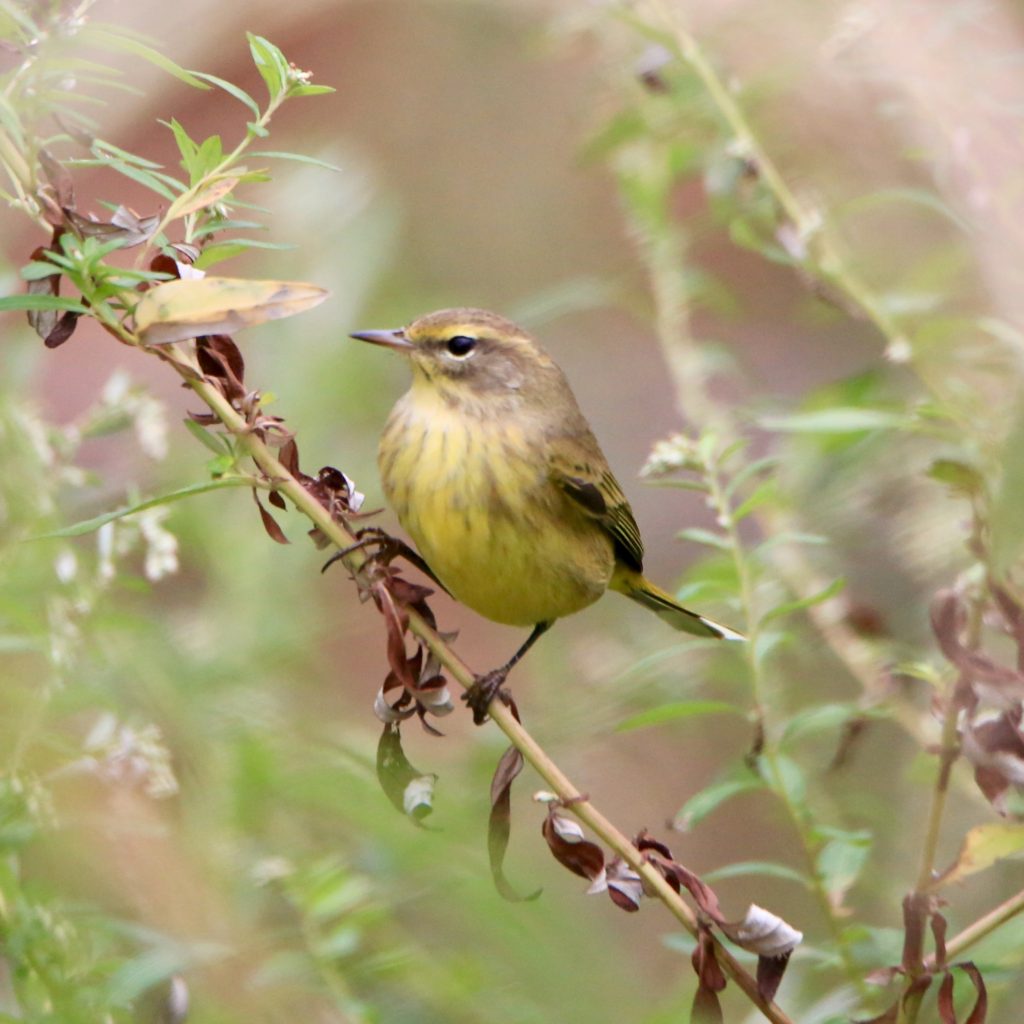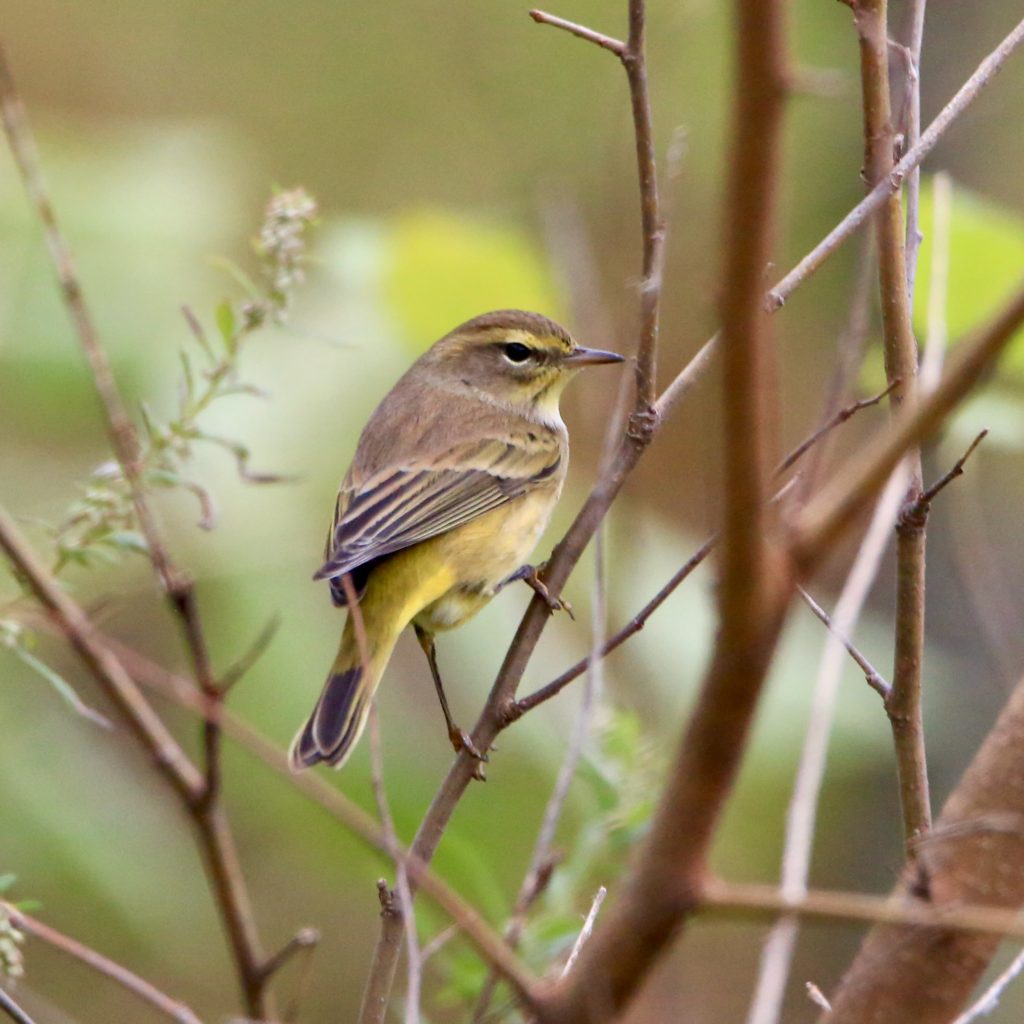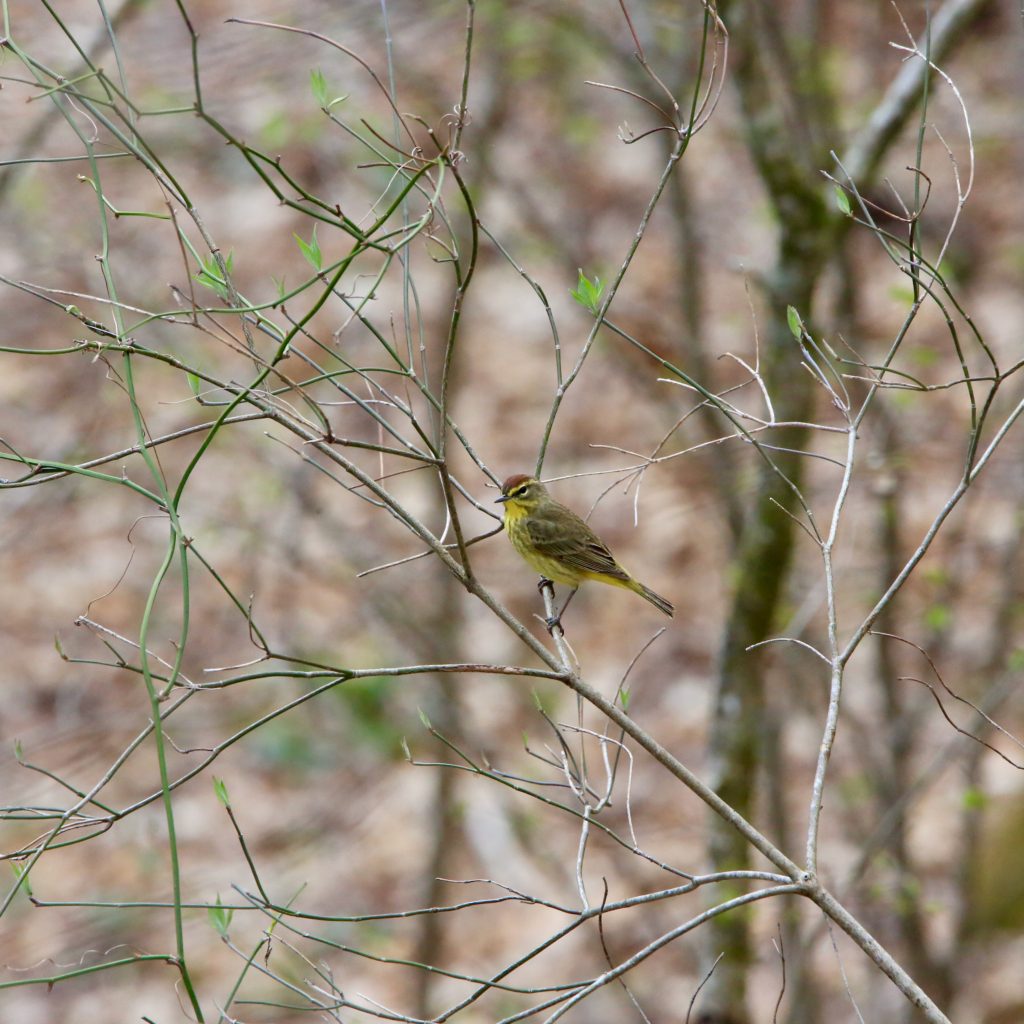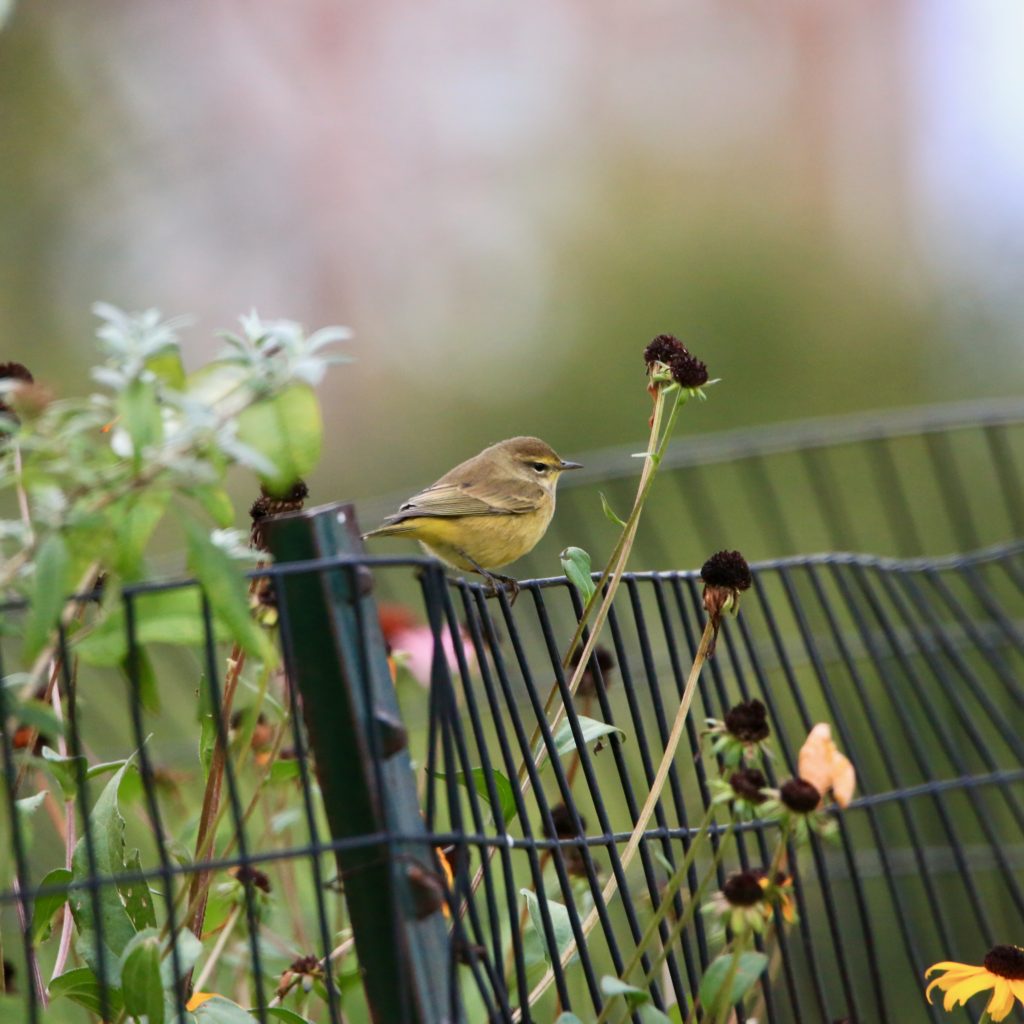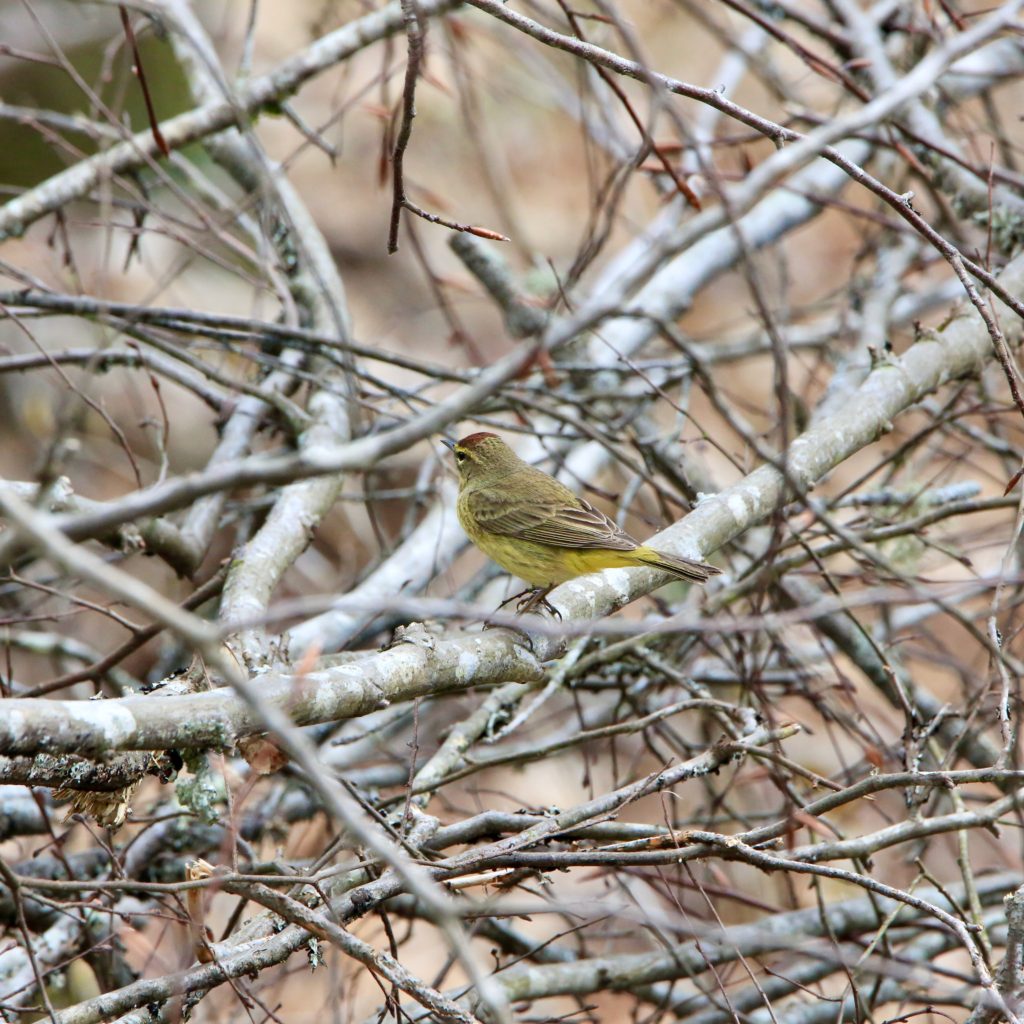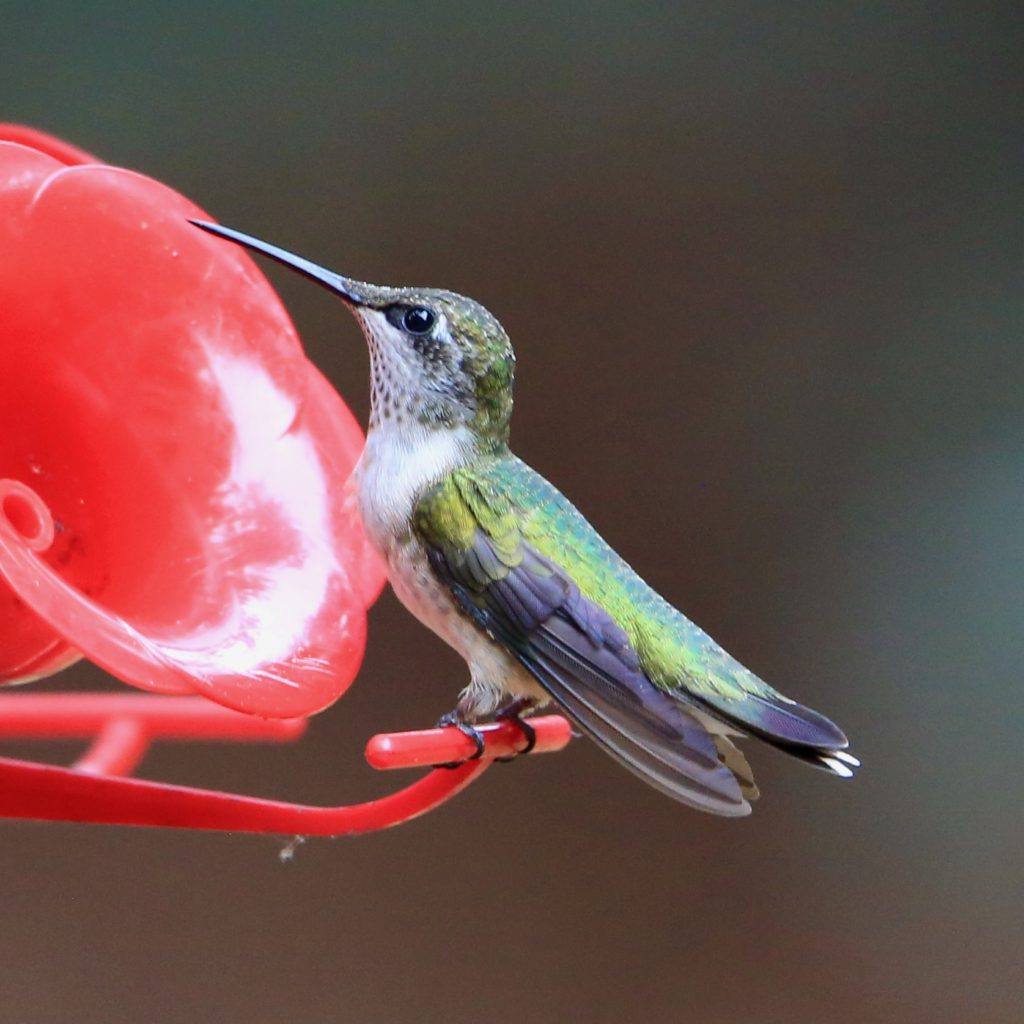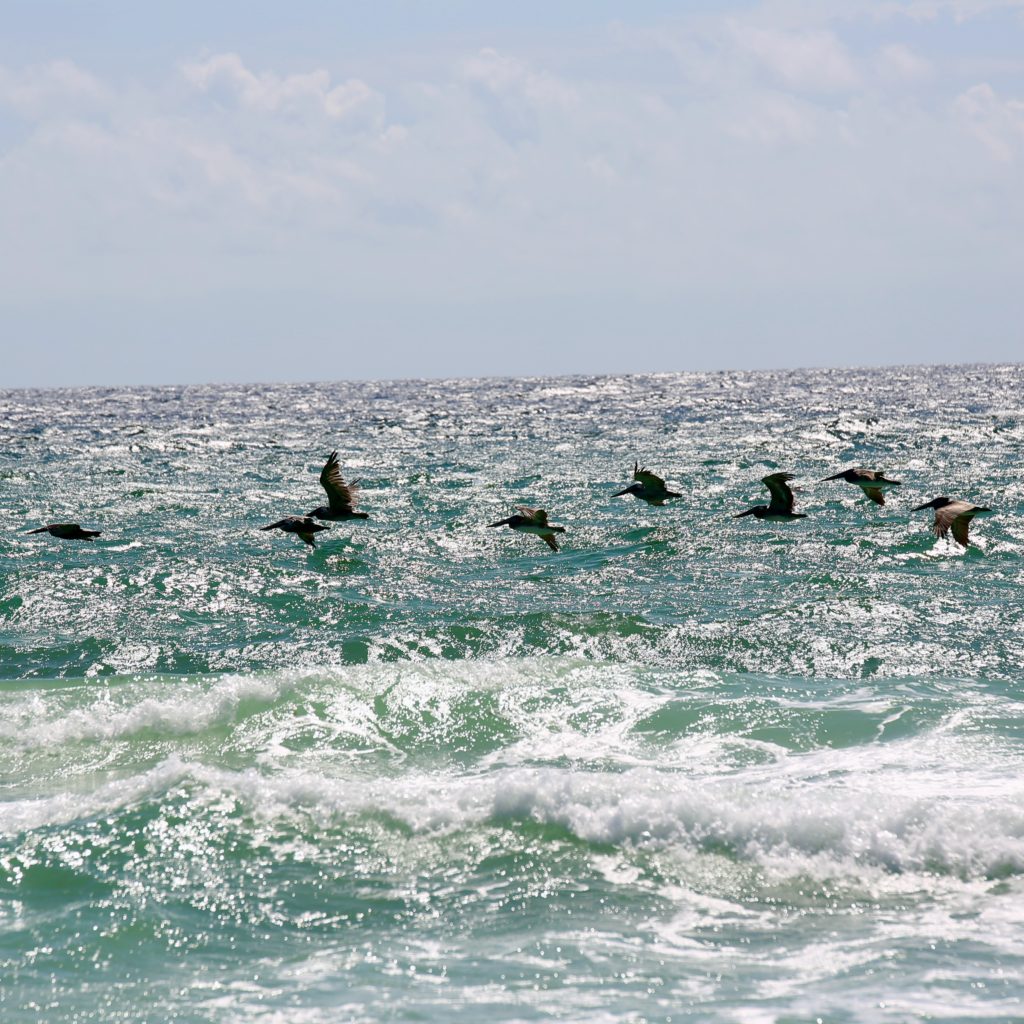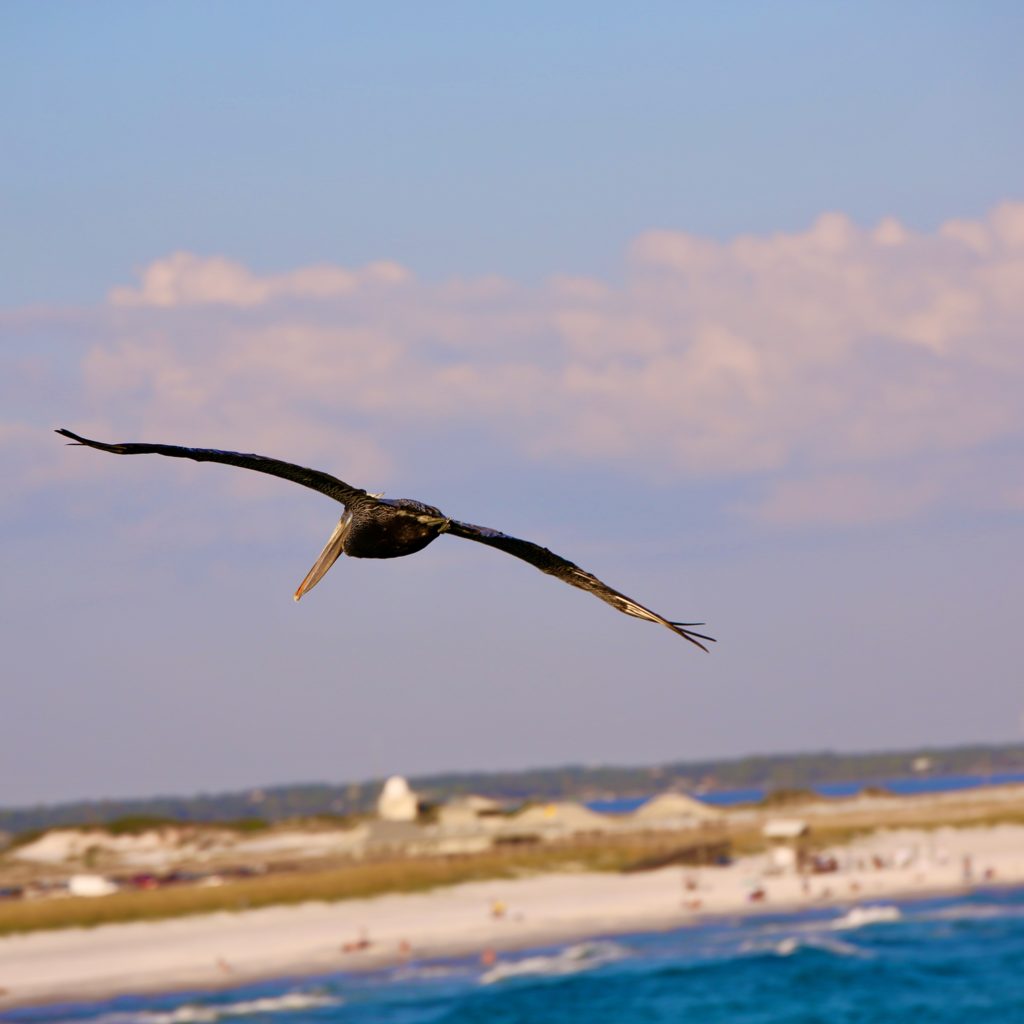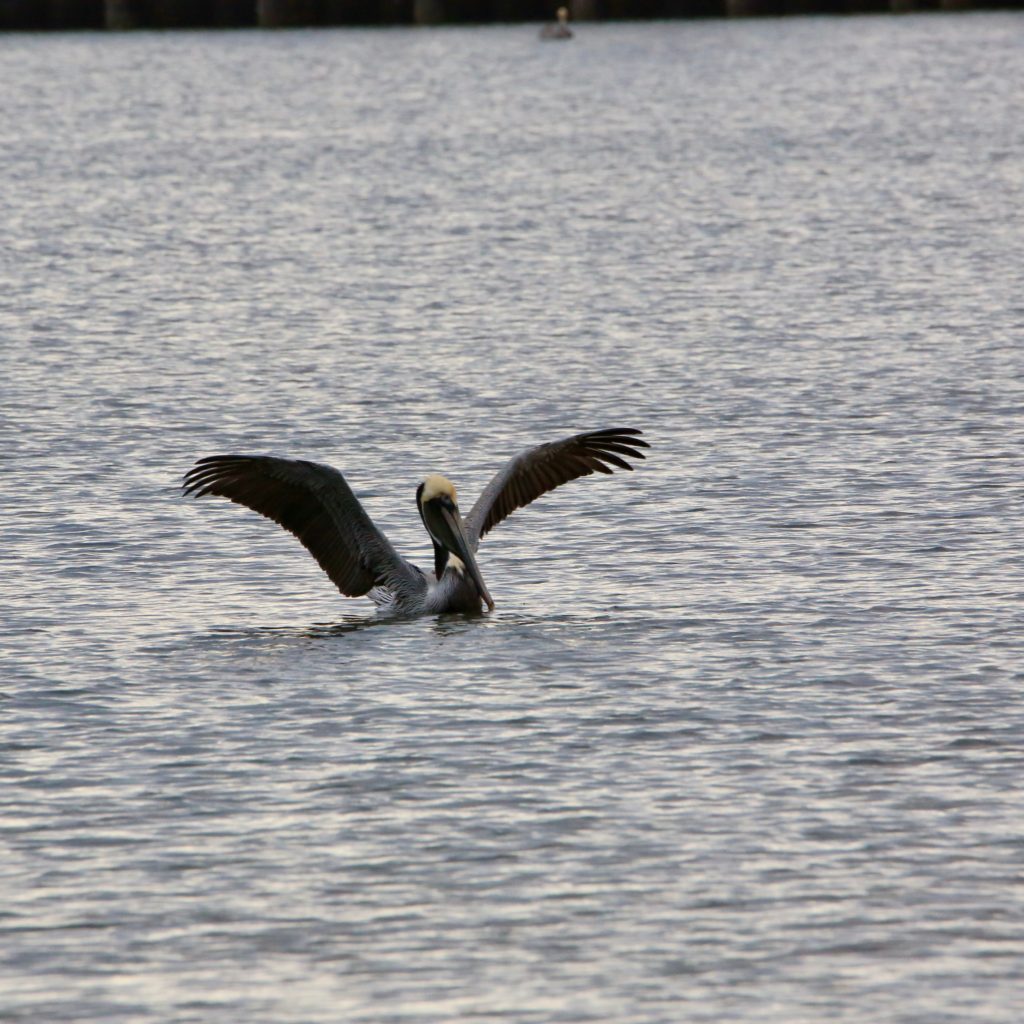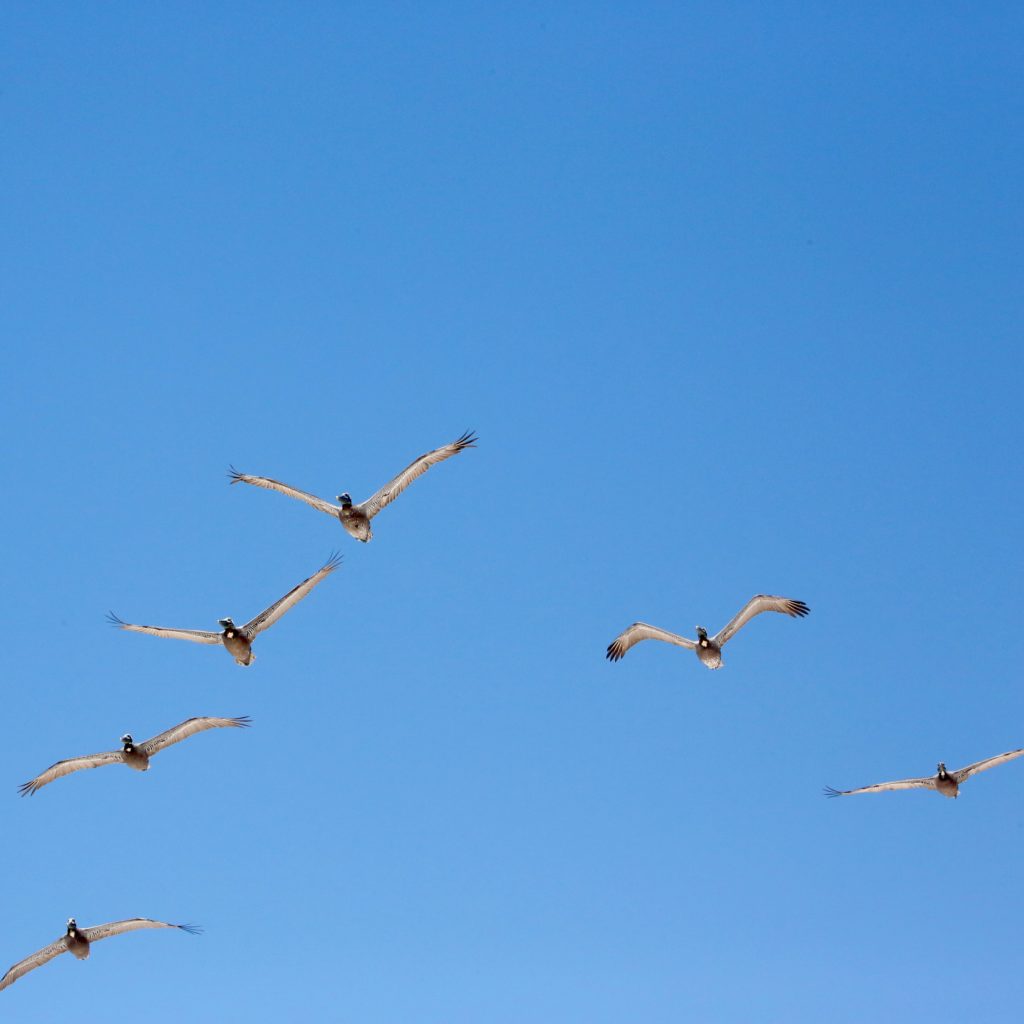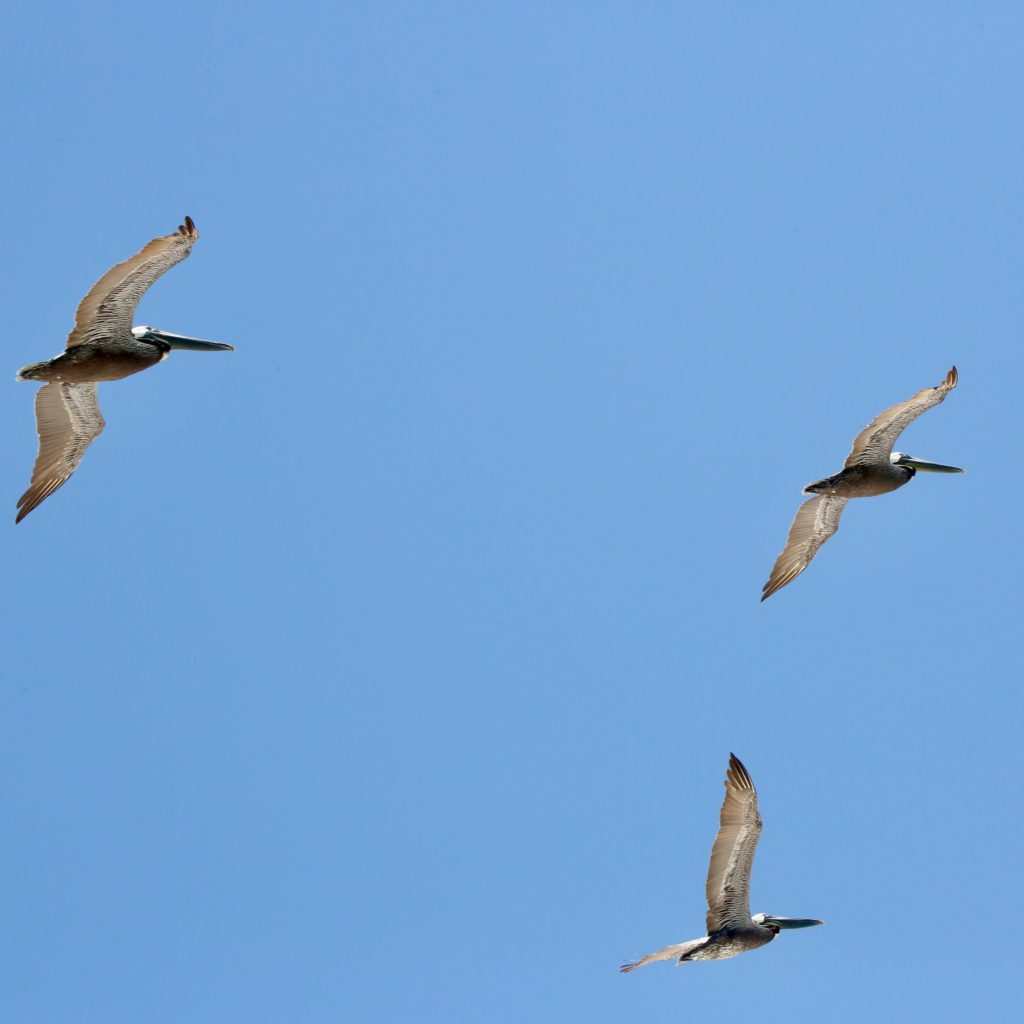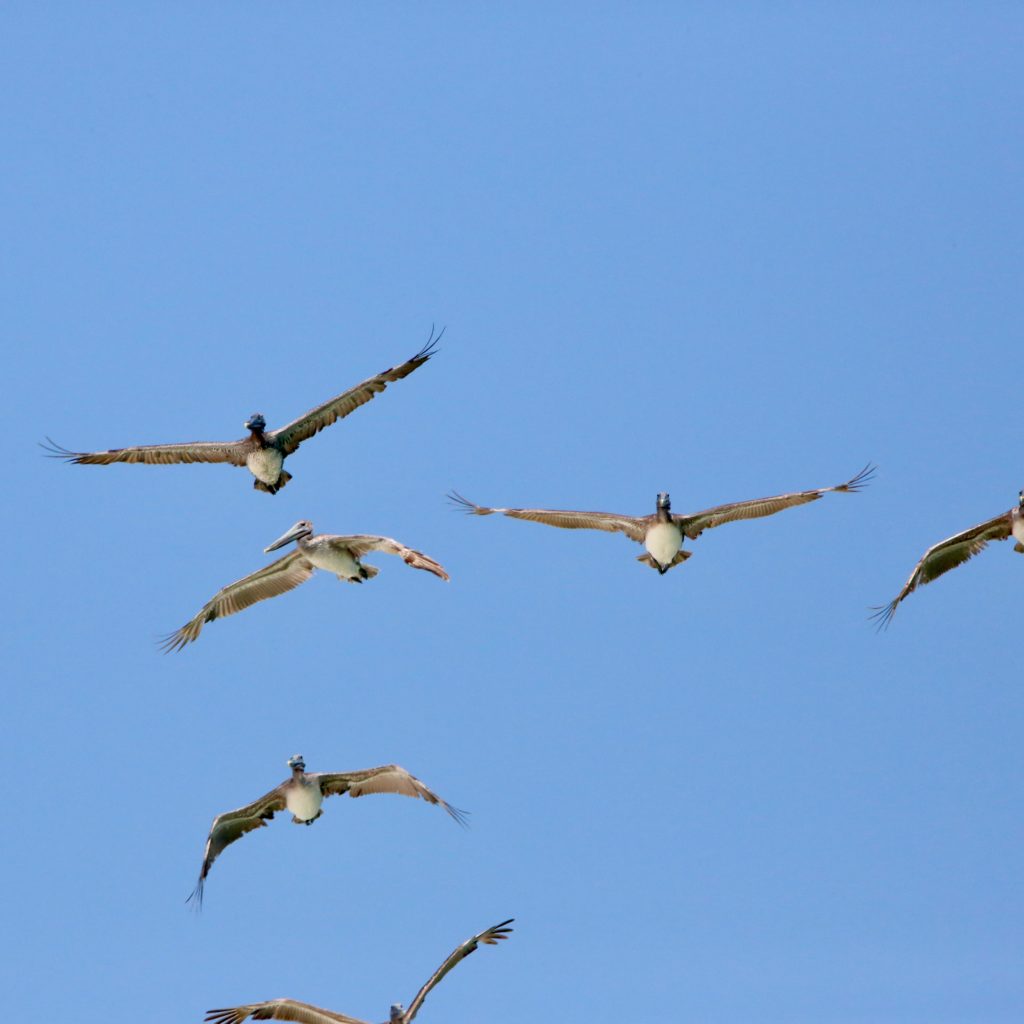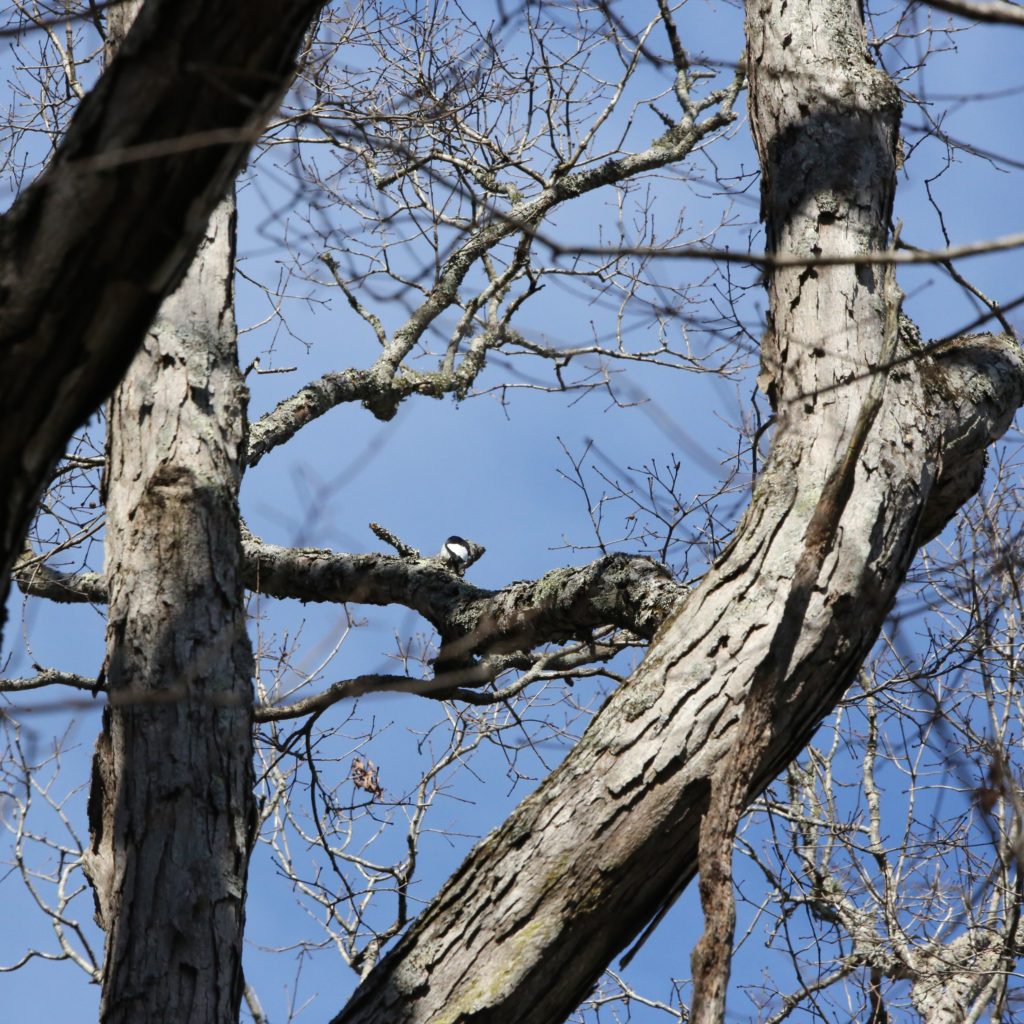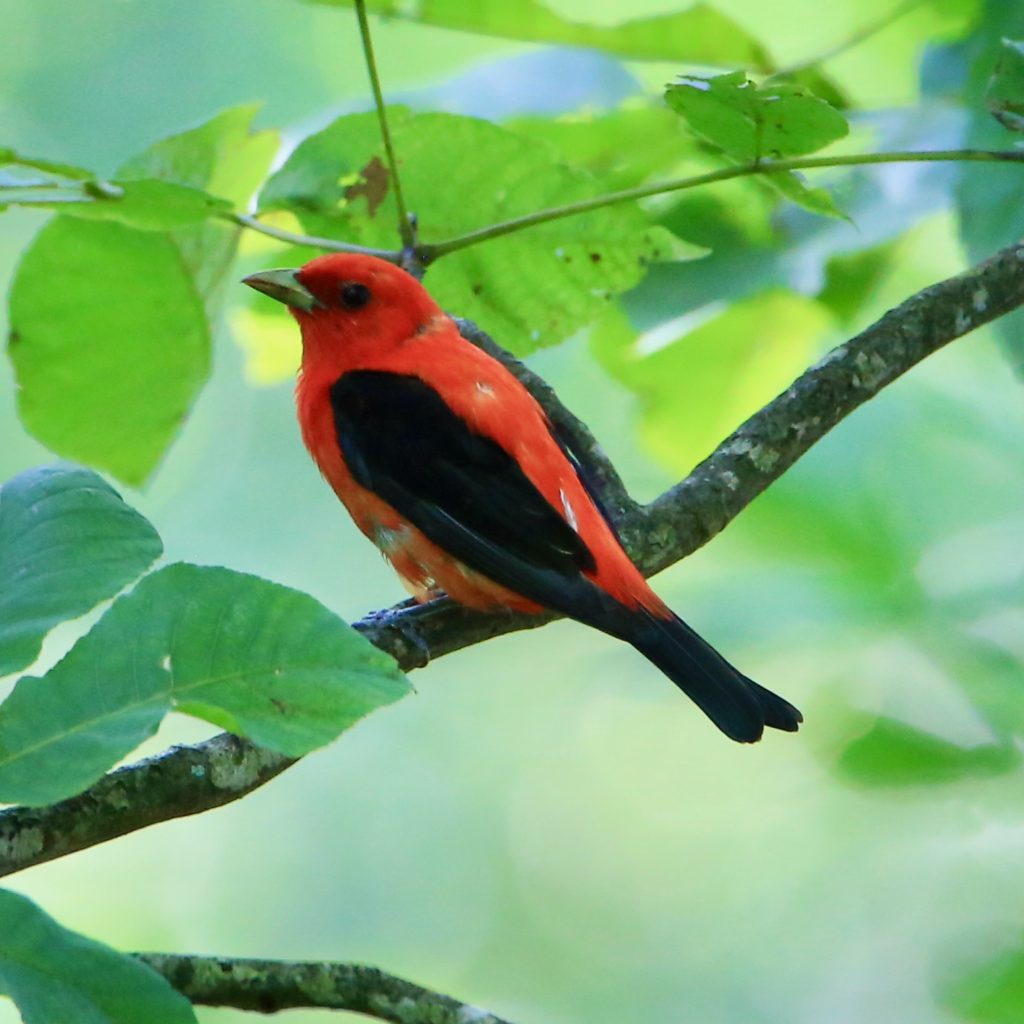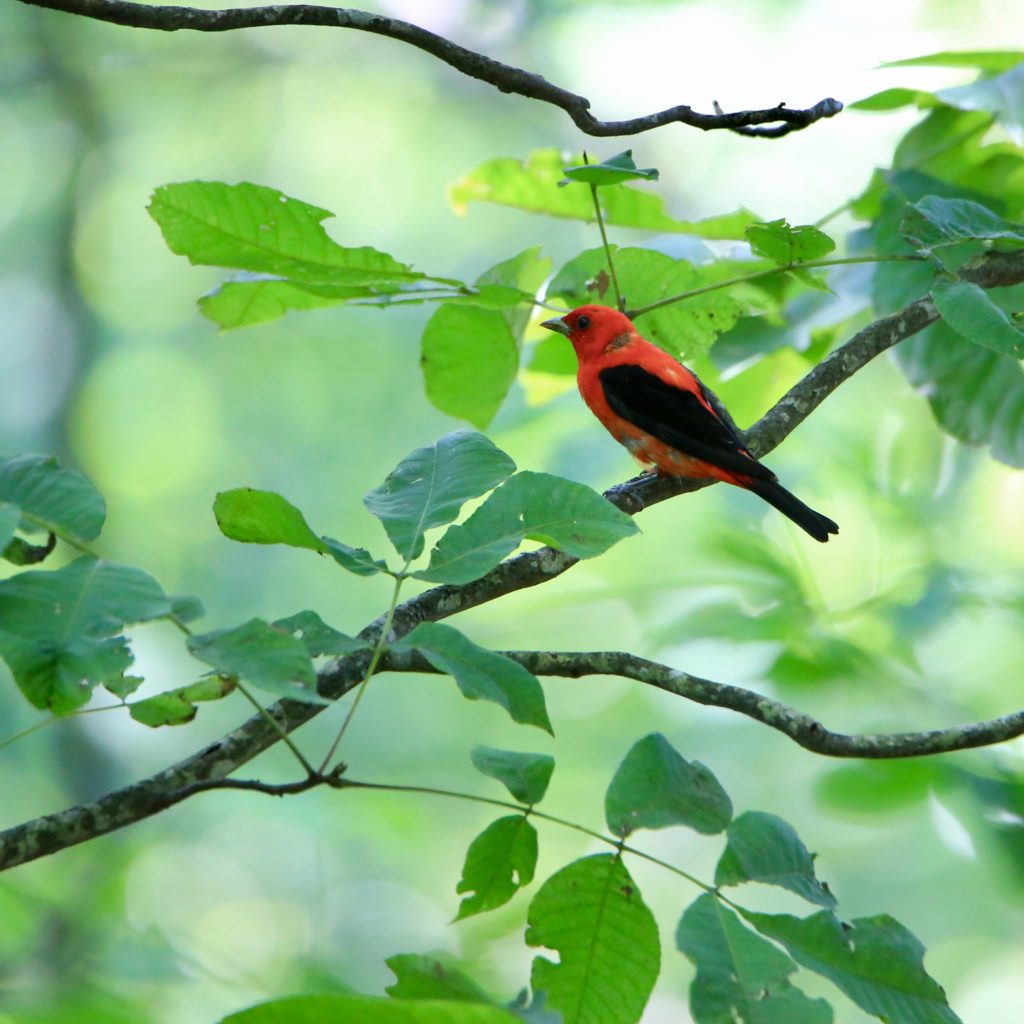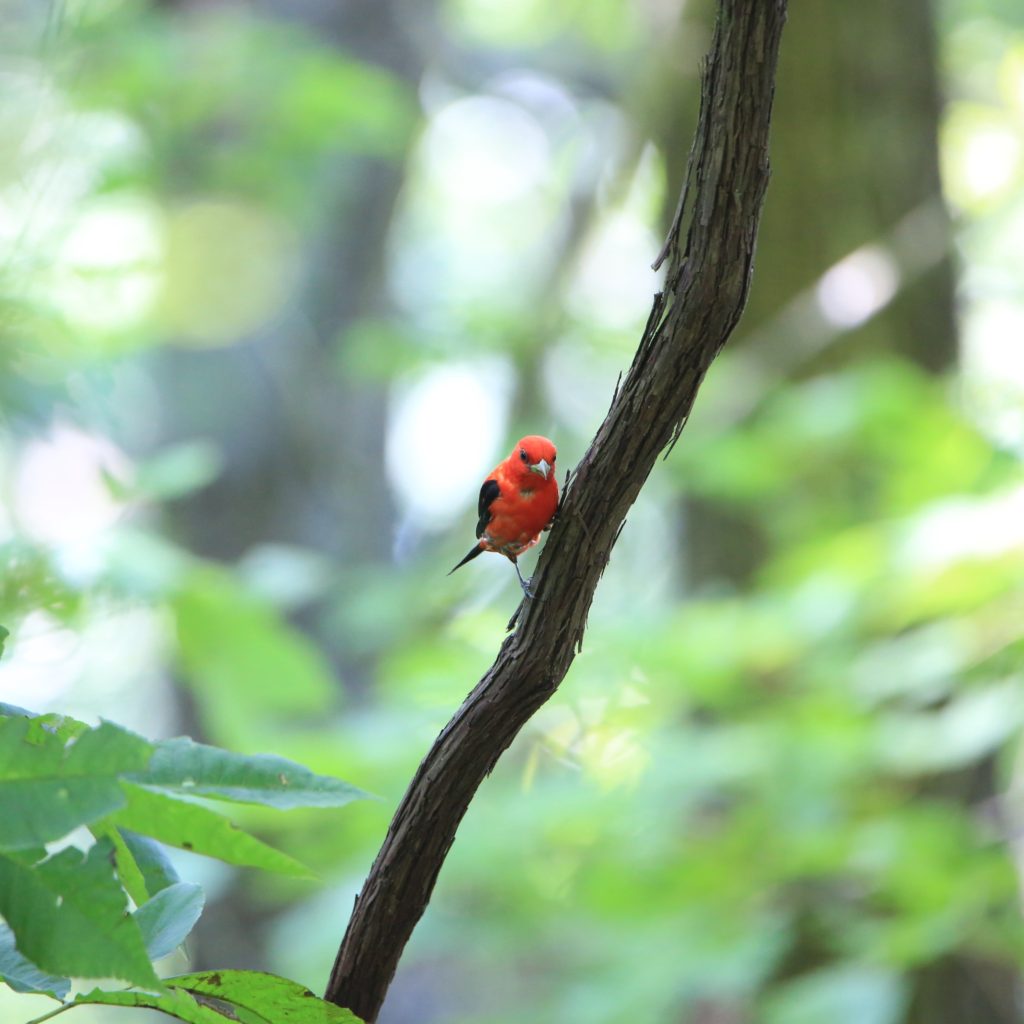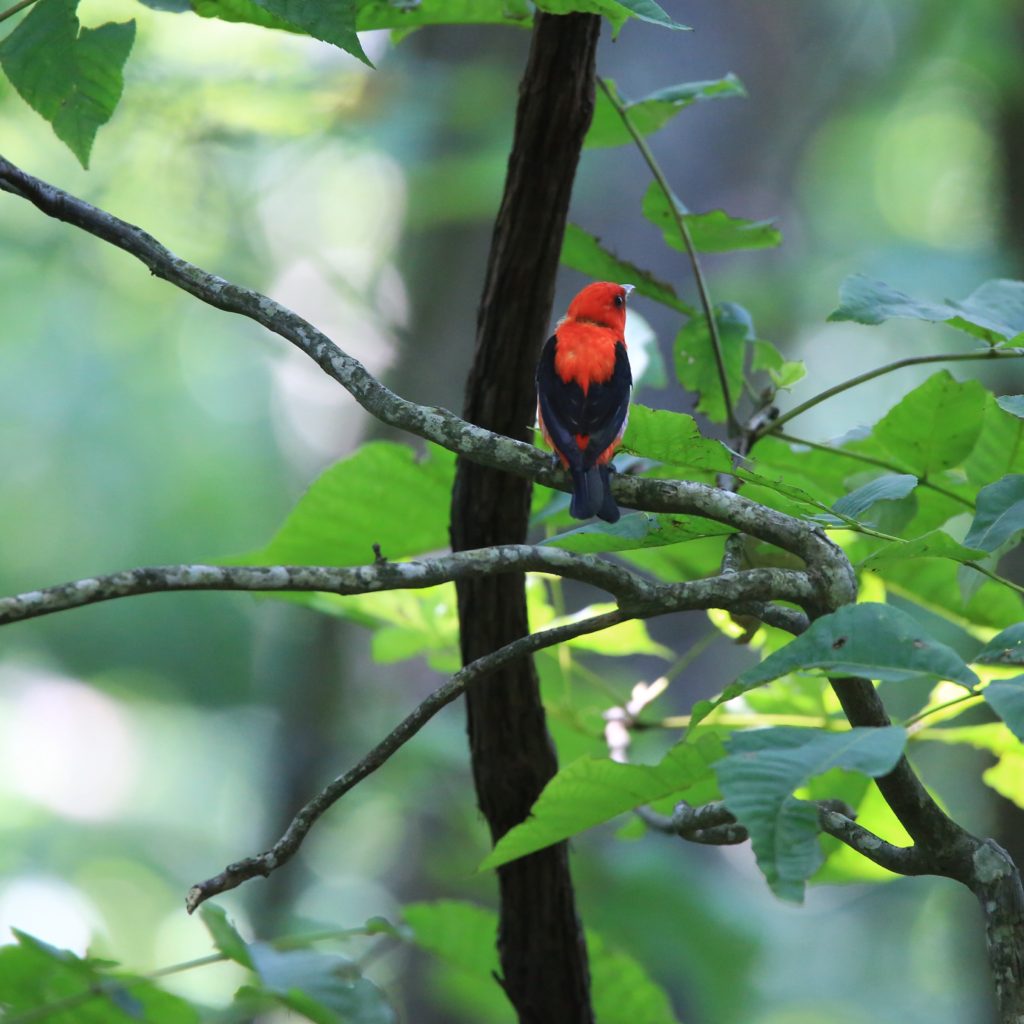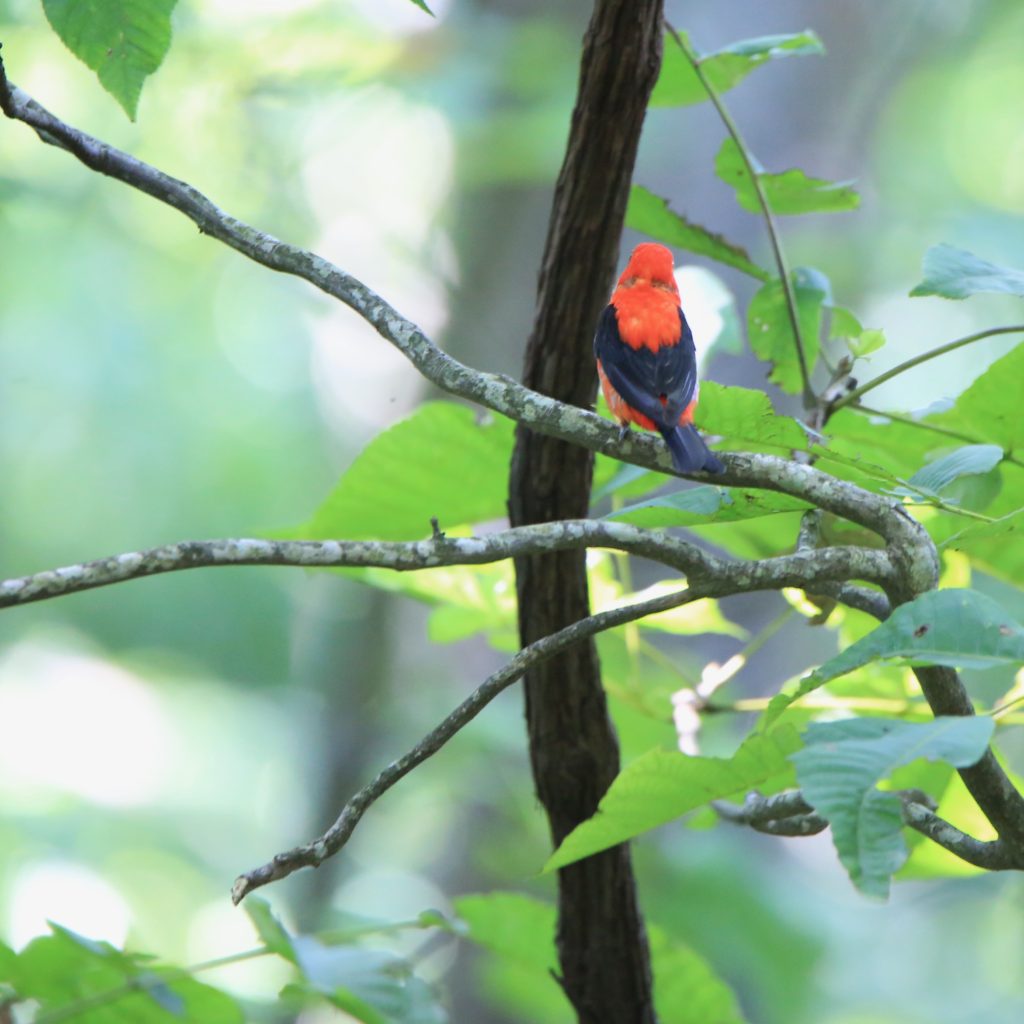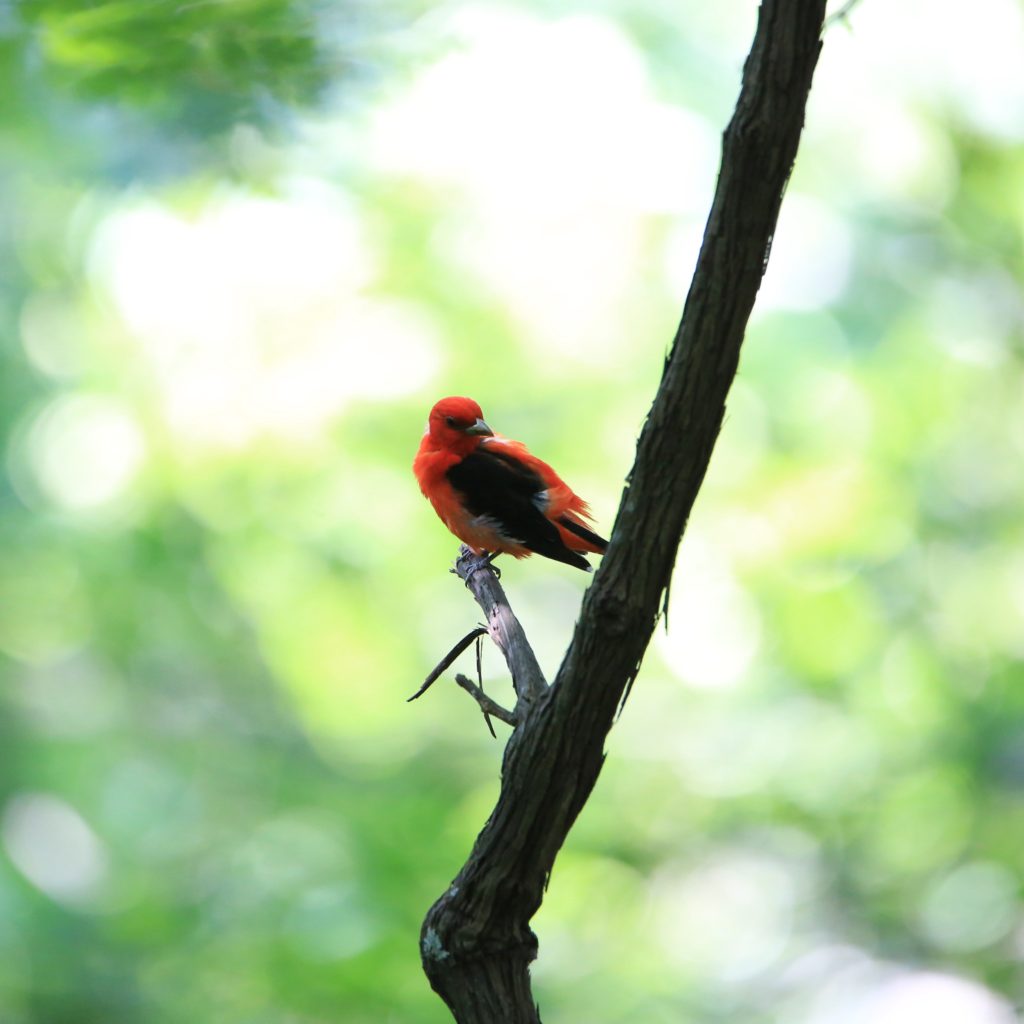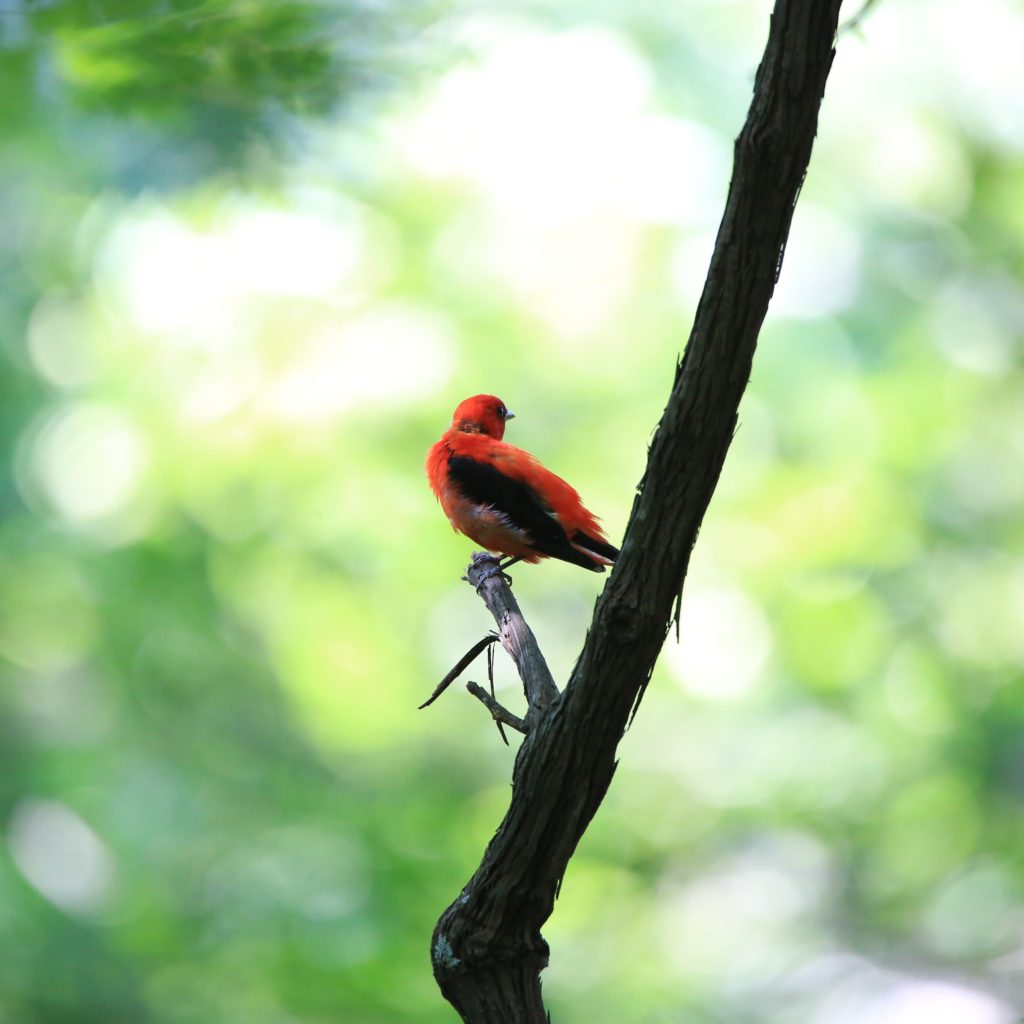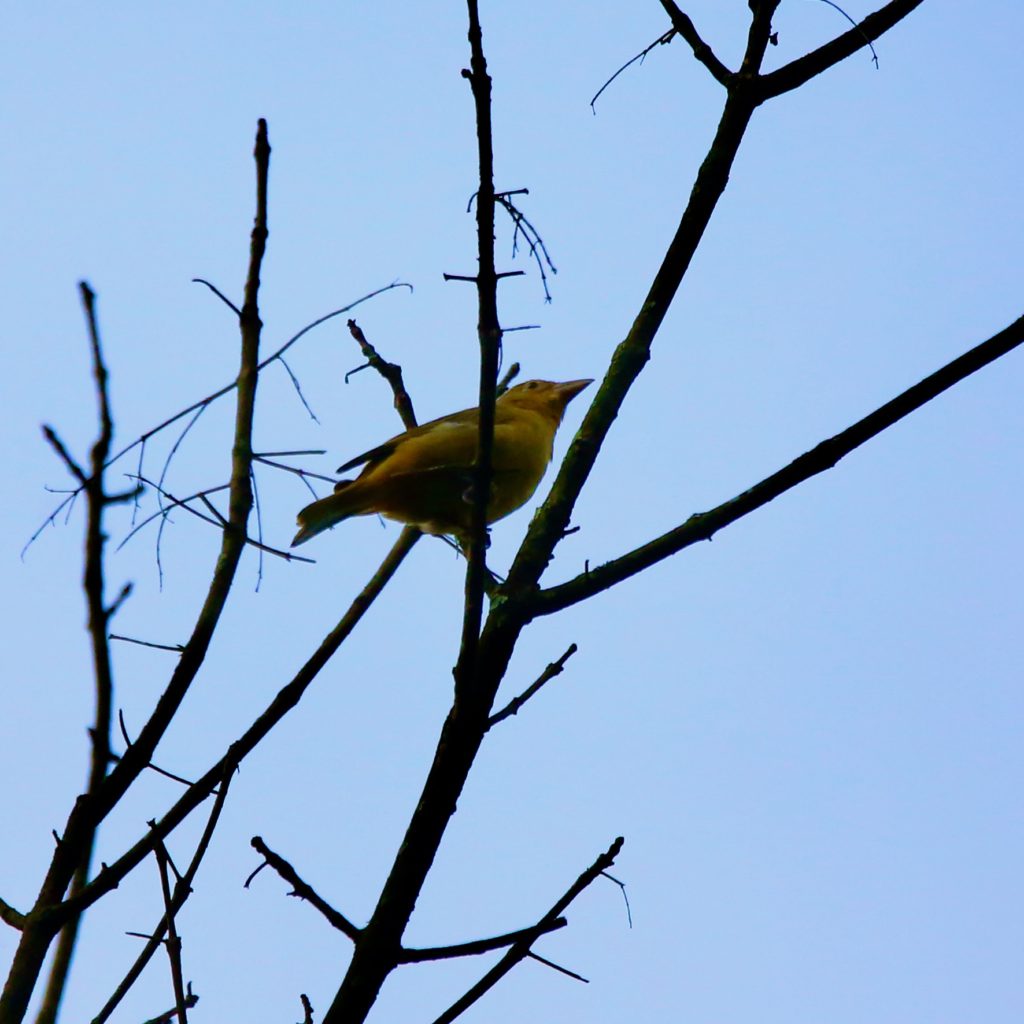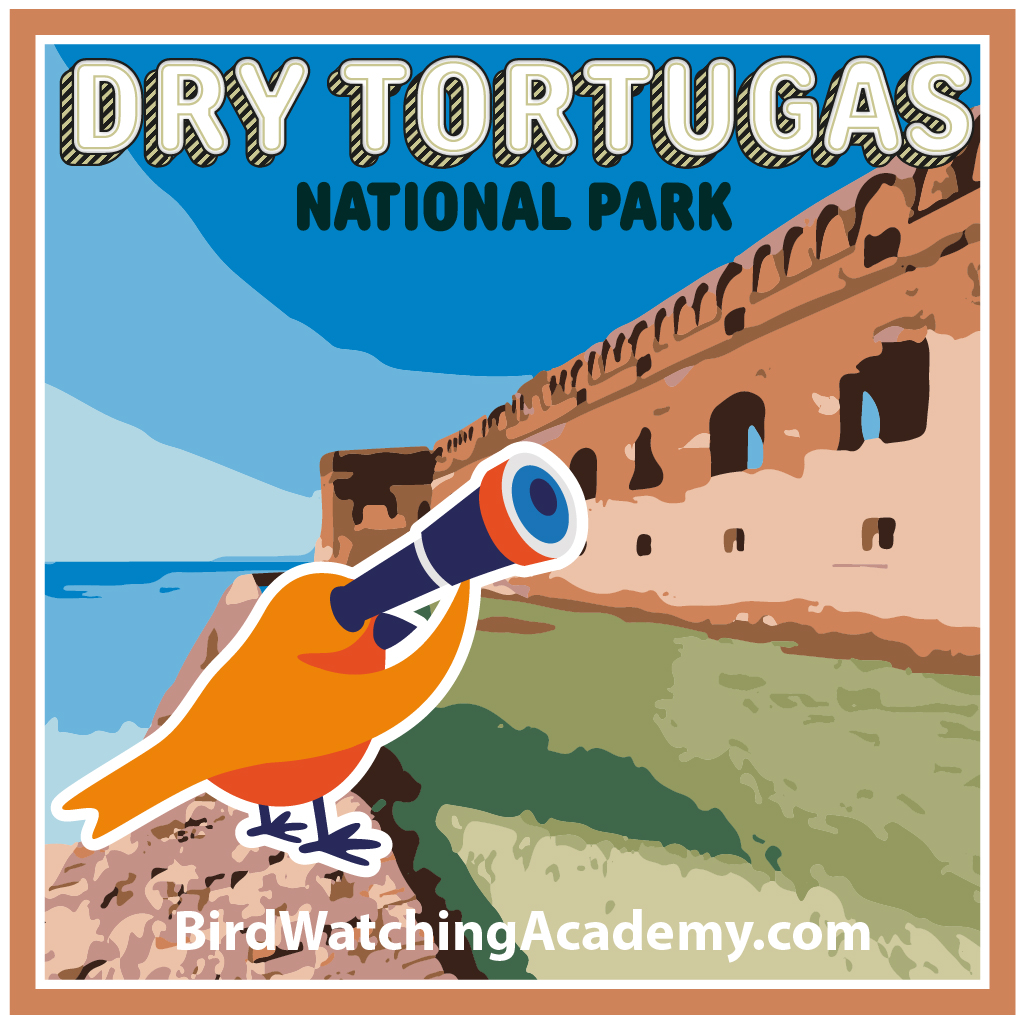
Birdwatching enthusiasts would know the unique possibilities that exist only in the remote island oasis of Dry Tortugas. Situated in Florida near the Gulf of Mexico to the far west of Monroe County, roughly 70 miles west of Key West, Dry Tortugas National Park forms the southernmost point in the continental United States. Juan Ponce de Leon discovered the keys in 1513, then named after the abundant sea turtles, Las Tortugas. The “Dry” was subsequently added regarding the lack of fresh water. The Tortugas is formed of seven keys: Bush, East, Garden, Hospital, Loggerhead, Long, and Middle keys.
Major Attractions at Dry Tortugas National Park
Probably one of the most remote locations in the country, the park is only accessible through ferry, boat, or seaplane. However, the trip is worth the while as this national park offers avid bird watchers the rare opportunity to observe bird species that do not occur anywhere else in the whole country.
The 100-square miles of Dry Tortugas National Park is basically seven small islands in about 90% of the clearest, bluest waters. The park’s central features include its picturesque geological formations like the superlative coral reefs and sandy shoals and the abundant marine and avian life. The park holds one of the most historically significant structures, Fort Jefferson, located on 14-acre Garden Key, the second-largest island in the Dry Tortugas. The park is a wild tropical dream location that offers a wide range of water-based activities like swimming, snorkeling, geocaching, fishing, paddling, and diving along with birding, anger-guided tours, wildlife, and historical significance.
GET KIDS BIRD WATCHING
Bird Watching at Dry Tortugas National Park
The water paradise that is Dry Tortugas National Park is home to a diverse range of marine wildlife and attracts numerous varieties of birds throughout the year. The key feature is the range of Neotropical migrant species that venture to the park in spring and fall when it comes to birding. In addition, the park provides a suitable nesting ground for many Caribbean vagrants like the White-tailed Tropicbird, Red-footed Booby, Black Noddy, Ruddy Quail-Dove, Bahama Mockingbird, and Yellow-faced Grassquit. More than 300 native bird species have been recorded inside the Dry Tortugas National Park boundaries.
The seven keys are a critical nesting spot for Sooty Terns and Brown Noddies and together form the only regular colony inside the continental United States for both species. !n 1988, the Magnificent Frigatebirds of the Marquesas Keys colony shifted to Long Key, and by 1990 all birds settled at Tortugas. Masked Boobies began nesting on Hospital Key in 1984. Currently, the Tortugas are the only nesting site for Magnificent Frigatebirds in the United States.
The latest bird list for Dry Tortugas National Park contains 299 species. Most of this concentration is formed of transients or strays, present only during spring and fall migrations rather than permanent residents. Therefore, the best time to birdwatch in the park is when northbound migrants arrive early to mid-February. The spring migratory population peaks during April through mid-May, with more than 200 species passing through.
10 Birds to See at Dry Tortugas National Park
Blue Grosbeak
Blue Grosbeaks are blue with brown wings and silver bills. You can find these birds throughout North America. These birds are not endangered; their population is increasing. Their habitat is in brush and thickets near streams. You can hear the Blue Grosbeaks’ rich songs from trees and power lines. They eat insects, seeds, and grain. Blue Grosbeaks lay 3 to 5 eggs and build their nests 3 to 10 feet up in trees. They will often put string, snakeskin, paper, rags, or other odd things in their nests. They migrate south across the Gulf of Mexico.
Belted Kingfisher
Belted Kingfishers have large heads with thick, pointed bills. They are blue-gray with white on their wings and tails. They are common across North America. Belted Kingfishers are not endangered, but their numbers have decreased recently. They live near shores and streams. Belted Kingfishers dive to catch fish and crayfish to eat. They will cough up pellets of indigestible parts, like bones and scales. They lay 6 to 7 eggs and make their nests in the ground as long tunnels. Migration is not common, but some Belted Kingfishers migrate south along rivers.
Palm Warbler
Palm Warblers are brownish-green with yellow underparts and have a red head. They are usually on the ground. They can be recognized by how they bob their tail up and down. Palm Warblers are eastern migratory birds, which can be seen in Canada. Their population is steady with no risk of being endangered. They make their homes in low trees, bushes, and on the ground. Palm Warblers do not act like a warbler, as they like to walk on the ground finding insects and fruit to eat. They also eat mosquitoes, flies, small beetles, ants, and spiders. Palm Warblers lay 4 to 5 eggs at a time. They migrate early in the spring and late in the fall.
Ruby-throated Hummingbird
Ruby-throated Hummingbirds are bright green birds with ruby red throats. They live throughout eastern North America. These Hummingbirds are not endangered. They make their homes in gardens and near the edge of the woods. Ruby-throated Hummingbirds enjoy flowering gardens and woodlands so they can get nectar. They will also eat small insects. Ruby-throated Hummingbirds beat their wings about 53 times a second! They build and camouflage their nests in trees and lay 2 eggs. Almost all the Ruby-throated Hummingbirds migrate south to Mexico and Central America in the fall.
Brown Pelican
Brown Pelicans have a dark body and an oversized bill. You can find them along the southern coasts of the United States. They were once endangered, but due to conservation efforts, have come back. They make their habitat on beaches and near oceans. Brown Pelicans feed by diving into the water from high up and scooping up small fish. They lay about 3 eggs and nest in colonies. Brown Pelicans migrate along the coast moving south for winter.
Red-headed Woodpecker
Red-headed Woodpeckers are black and white with red heads. They live in rural areas throughout the eastern United States. They have declined in population, but are not endangered. Their homes are in orchards, shade trees, and sometimes on farms. Red-headed Woodpeckers do not act like most Woodpeckers. They will catch insects in the air to eat. They also like to eat nuts and acorns. When it is winter, they will store food in trees to eat later. They lay 4 to 5 eggs and build their nests in dead trees. Red-headed Woodpeckers migrate with the season, moving south in the winter, but only short distances.
Burrowing Owl
Burrowing Owls are small and brown with yellow eyes. You can find them throughout the western United States, generally where there is a population of squirrels or prairie dogs. They are considered endangered. These Owls make their homes in prairies and farmlands. They hunt for food on the ground during the day. Burrowing Owls eat mice, squirrels, voles, and insects. They lay anywhere from 3 to 12 eggs. Their nests are burrows in the ground 6 to 10 feet long. Burrowing Owls found in the north migrate to the south.
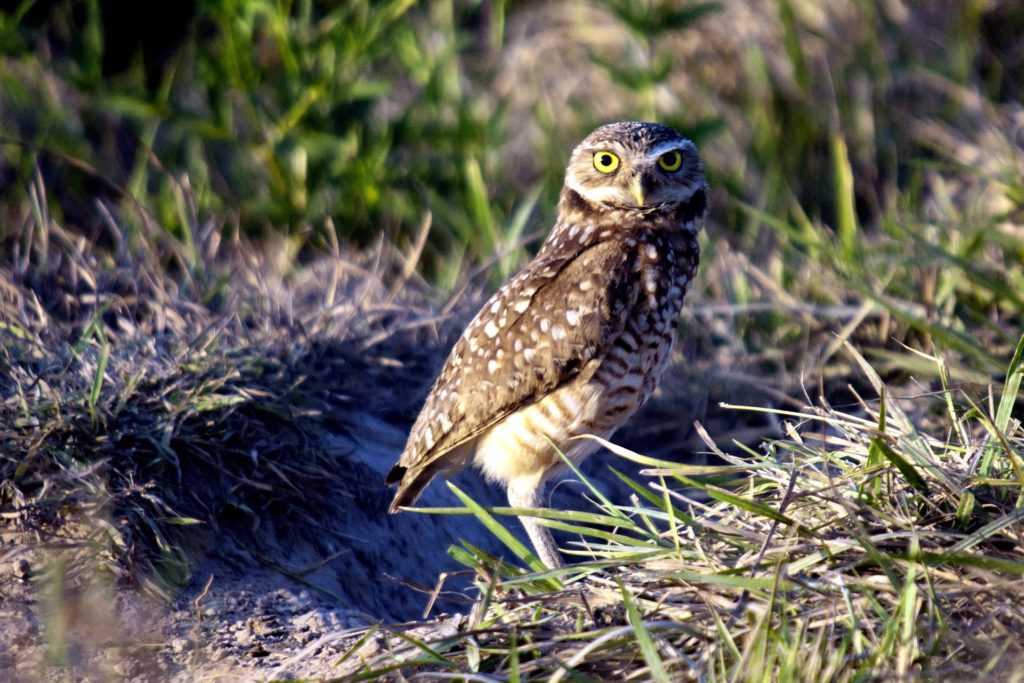
Scarlet Tanager
Scarlet Tanagers have bright, beautiful red colors with black wings and tails. They have thick bills that allow them to easily catch insects and eat fruit. Scarlet Tanagers live in eastern North America. They are not on the endangered list but have seen losses in numbers. These birds make their habitat in forests and shade trees. They lay 2 to 5 eggs and build their nests 20 to 30 feet high in trees. Scarlet Tanagers migrate at night in the springtime.
Black Skimmer
Black Skimmers are black and white with a pointed orange and black bill. You can find them along the coasts of North America. Their population is recovering from when they were killed for their feathers. They make their homes on ocean beaches and tidewater. Black Skimmers eat mostly fish that live just below the surface of the water. They migrate south in the winter from their northern range.
Summer Tanager
Summer Tanagers are the only completely red birds in North America. They live in the southern region of North America. These birds are quite common and widespread and not at risk of being endangered. They enjoy making their home at the top canopy of eastern forests. Summer Tanagers like to catch bees and wasps in flight to eat. They will also eat berries and spiders. Summer Tanagers are hard to find songbirds because they hide and move slowly. They lay 3 to 5 eggs in a loosely made cup-shaped nest above ground. They migrate south into Mexico and Brazil.
Final Thoughts
There are often rare species that live in Dry Tortugas National Park. Some of these include Roseate and Bridled Terns,
Masked and Brown Boobies, Red-necked Phalarope, Red-footed Boobie, Double-crested Cormorants, Brown Pelicans, Frigate Birds, the Caribbean Short-Eared Owl, White-Tailed Tropicbird, Shiny Cowbird, and the Golden Warbler. Travel along the Florida Birding Trail to spot these summon inhabitants. In addition, Masked and Brown Boobies, Double-crested Cormorants, Brown Pelicans, and Magnificent Frigate birds can be seen near Ft. Jefferson.
Ornithology
Bird Watching Academy & Camp Subscription Boxes
At the Bird Watching Academy & Camp we help kids, youth, and adults get excited and involved in bird watching. We have several monthly subscription boxes that you can subscribe to. Our monthly subscription boxes help kids, youth, and adults learn about birds, bird watching, and bird conservation.
- Kids Bird Watching Monthly Subscription$10.00 / month
- Kid & Adult Bird Watching Starter Pack Subscription$10.00 / month and a $72.00 sign-up fee
- Kids Bird Watching Starter Pack Subscription$10.00 / month and a $19.00 sign-up fee
Bird Watching Binoculars
The most common types of bird watching binoculars for viewing birds at Dry Tortugas National Park is the 8×21 binoculars and 10×42 binoculars. Bird Watching Academy & Camp sells really nice 8×21 binoculars and 10×42 binoculars. You can view and purchase them here.
- Birding Binoculars$49.99
- Kids Binoculars$13.99



























